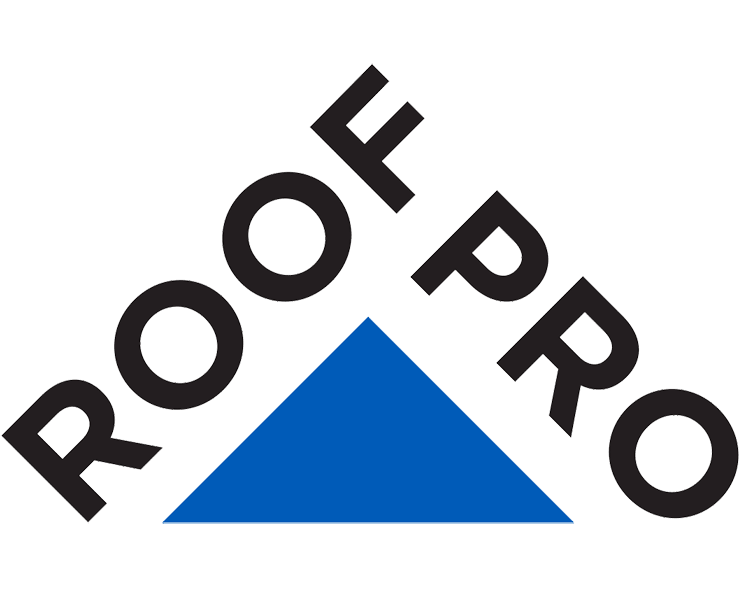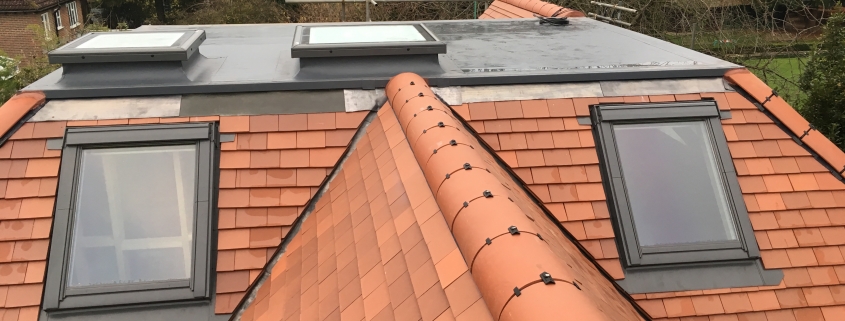If you’re looking to extend on your home, or simply looking for something a bit different, then you’re going to need the help of some professional roofing contractors.
But before you ring in a quote, you first have to decide which roof is best for you. There are plenty of options of different materials that can be used to build your roof, but when it comes to the shape, there are two main ones to choose from.
Flat or pitched.
So how do you choose which shape is best for you?
Well, we’ve created a handy guide to help you, so let’s take a look.
Pitched roofs
Pitched roofs are roofs that are built to slope downwards. These are often seen with a ridge in the middle, where two or more opposite facing slopes point outwards from the centre towards the end of the roof.
To get technical, a pitched roof is any roof that slopes at an angle of 10 degrees or more. Any less than that and the roof is classed as flat.
Materials Used on Pitched Roofs
If you’re looking for a pitched roof extension, then chances are you will be using roof tiles.
Some common materials these tiles are made out of in the United Kingdom are slate and concrete, although other common tile materials are clay, metal and asphalt.
These tiles are often laid in rows and each one should be secured down with a nail. Each row will overlap the one in front to stop rainwater from getting into the tiles and for increased security and durability.
Benefits of Pitched Roofs
1. Easy to Maintain
One thing you definitely get with a pitched roof is a strong and durable structure.
The shape of the roof means that water and snow will fall off it and also leads to a pitched roof needing minimal cleaning.
When it comes to issues with the roof, a lot of these can be fixed relatively easily, such as replacing cracked tiles or securing more tiles down.
2. Maximise Inside Space and Light
A pitched roof provides space underneath. This can be ideal if you are looking for extra storage space, or even want to add an extra room to a house in way of a loft extension.
Not only does this create more room, but it can also increase the value of your home.
Pitched roof windows can also bring in some extra light and air to your home. And if you’re looking for skylights for pitched roofs, here’s a guide to help you choose the perfect kind for you.
3. Long Lifespan
As mentioned earlier, pitched roofs are often covered in tiles.
These can offer great long-lasting protection for your home.
Slate and concrete tiles have a lifespan of 100 years or more, and this makes installing these on your pitched roof a great investment.
Not only that, but due to the shape and lack of maintenance required, a pitched roof shouldn’t need regular checks to ensure it is staying strong.
It is often strong enough to care for itself.
Negatives of Pitched Roofs
1. May Need Added Support
A pitched roof is a big structure and this can put some strain on a building.
This added pressure can be so large that extra support is needed on the framework of a building to make sure it is safe.
This can mean that installing a pitched roof isn’t always an option unless footings for your property are deep enough to withhold the structure.
Not sure on if it will work with your home? Get in touch with an expert who will be able to give clear guidance.
2. May Block Views
A pitched roof by nature is a large structure that takes up much more external space than a flat roof.
While this can be visually appealing, there is the chance that it could block some of the view from your, and your neighbour’s, homes.
This can lead to a lack of direct sunlight and disputes with nearby homes that also suffer the same fate.
Planning permission is required when installing a roof so make sure that everything is okay to go ahead before getting to work.
Flat Roofs
The alternative to a pitched roof is a flat roof, which is often seen in commercial roofing.
This is an option that is becoming increasingly popular as a versatile way of installing a low-cost and accessible roof.
A flat roof is often actually not completely flat, as they do have a tiny slope that helps to drain away rainwater. This slope is often unnoticeable to anyone looking or standing on the roof though.
A flat roof can be quick to install, and if you want to know more about the structure of a flat roof, why not read our handy guide.
Types of Flat Roof
There are many different types of material used for a flat roof, and they are used all over the world.
Some popular flat roofing methods are single ply roofing, felt roofing, lead roofing, GRP fibreglass roofing and green roofing.
Flat roofing can be used as an outside space, or can be inaccessible, and are often found on structures like garages and sheds.
Benefits of Flat Roofs
Hugely Versatile
However you want to use it, having an outdoor space on which you can walk can be a huge benefit to a homeowner, especially one who lives in a city and has limited outside areas in their house.
Whether you want to have a green roof which can act as a garden, or you just want somewhere for extra storage or to dry your washing, the fact you can have a door or window that opens up and allows you to access your roof can make a big difference.
A Quicker Build
A flat roof can be a lot quicker to build, with less framework needed to install a roof. Of course, the times vary for which type of material you are using.
For example, if you’re installing a green roof this will take longer to build and implement than a felt roof, but you could assume that all of these options are quicker than building and tiling a pitched roof.
Easily Accessible
Being able to access a roof isn’t just a benefit for versatility as mentioned above, it also makes it much easier to maintain the roof and fix any issues that do arise.
A flat roof is also a lot easier to inspect than a flat roof, which is important as this kind of roof needs regular checks to make sure the roof isn’t bubbling, cracking, and that water isn’t pooling.
All in all, the accessibility of the roof makes things easier. If you want to change something, fix something, or alter the look of something, you can get on and do your work without the need for as many safety measures.
Negatives of Flat Roofs
Higher Chance of Damage
While it is easier to fix a flat roof, there is more of a chance of damage.
Despite the fact that flat roofs are built with a slight slope, there is still the possibility of drainage issues, much more so than when compared to a pitched roof.
There are also issues with tearing and cracking as many materials that are used to build a roof expand and contract depending on the weather.
While the roof may be less cost to build, this kind of damage will cost you a lot more to fix than a few broken tiles.
Require More Maintenance
A pitched roof can be pretty much left alone, but the same can’t be said about a flat roof.
With a lifespan of around 15 years, this kind of roof will not last anywhere near as long as a pitched roof.
It will also require much more maintenance, especially if you have something like a green roof which will constantly have to be watched.
This extra maintenance can be a burden if people are looking for something low-maintenance and long lasting.
Repairs can be More Costly
Surprisingly, fixing a flat roof is often more costly than fixing a pitched roof.
This is because the common issues with flat roofs are a lot more damaging than the common issues on a pitched roof, such as loose tiles or cracks.
If your roof is bubbling, or sagging, or your material has ripped, this can sometimes require a lot of work to fix and therefore can be costly.
With the shorter lifespan also factored in, over the years the cost will add up for a flat roof, much more than it would for a pitched.
Final Thoughts
If you’re looking for an extension, both flat and pitched roofs come with plenty of benefits.
If you’re looking for something quick and low-cost to build and easy to access, then a flat roof may be for you. Alternatively, if you’re thinking more long term, then maybe a pitched roof is the best option.
Whatever your needs, Roofpro will love to hear from you.
Get in touch for more information or a quote on your project.

